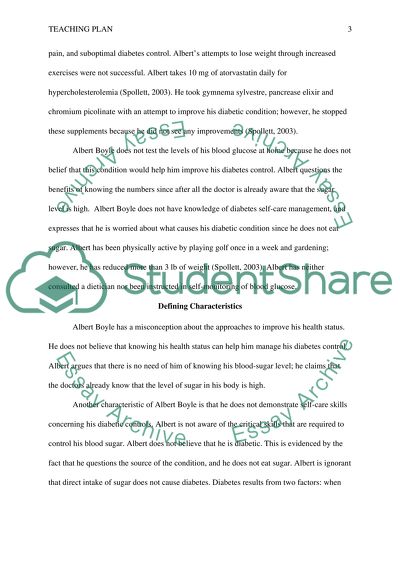Cite this document
(“Developing a teaching plan Research Paper Example | Topics and Well Written Essays - 1750 words”, n.d.)
Developing a teaching plan Research Paper Example | Topics and Well Written Essays - 1750 words. Retrieved from https://studentshare.org/nursing/1486188-developing-a-teaching-plan
Developing a teaching plan Research Paper Example | Topics and Well Written Essays - 1750 words. Retrieved from https://studentshare.org/nursing/1486188-developing-a-teaching-plan
(Developing a Teaching Plan Research Paper Example | Topics and Well Written Essays - 1750 Words)
Developing a Teaching Plan Research Paper Example | Topics and Well Written Essays - 1750 Words. https://studentshare.org/nursing/1486188-developing-a-teaching-plan.
Developing a Teaching Plan Research Paper Example | Topics and Well Written Essays - 1750 Words. https://studentshare.org/nursing/1486188-developing-a-teaching-plan.
“Developing a Teaching Plan Research Paper Example | Topics and Well Written Essays - 1750 Words”, n.d. https://studentshare.org/nursing/1486188-developing-a-teaching-plan.


